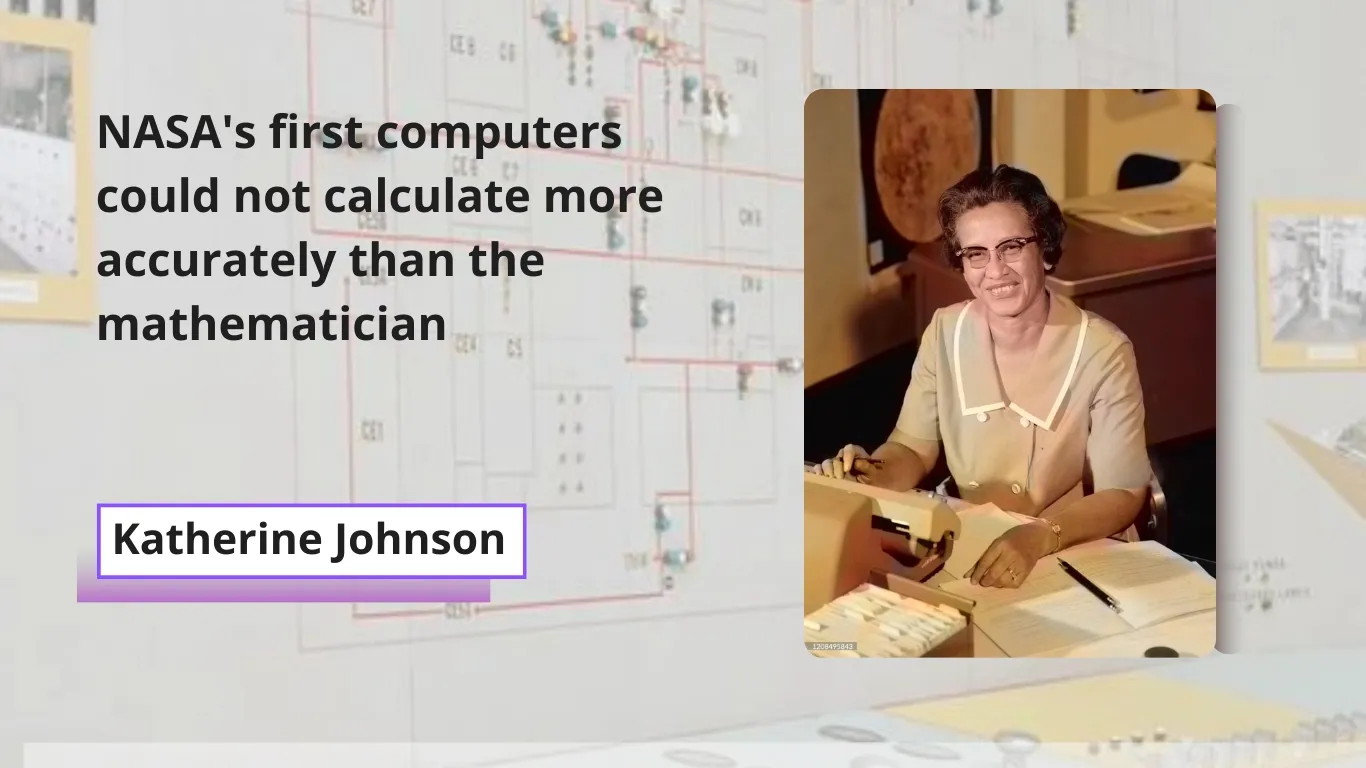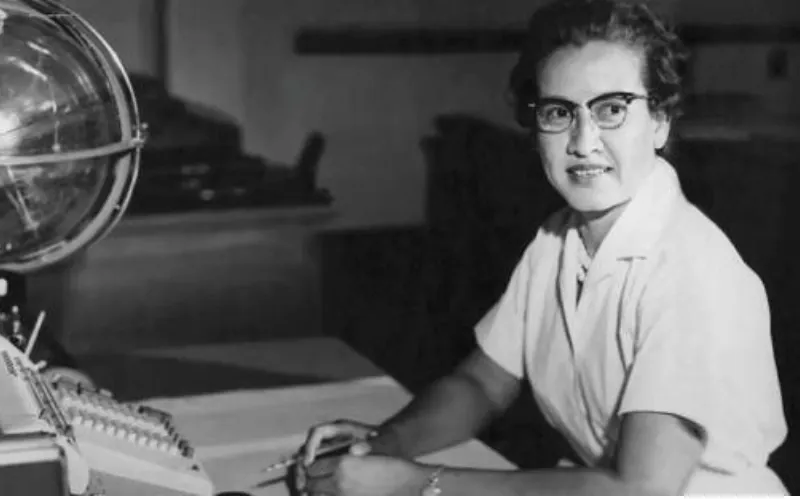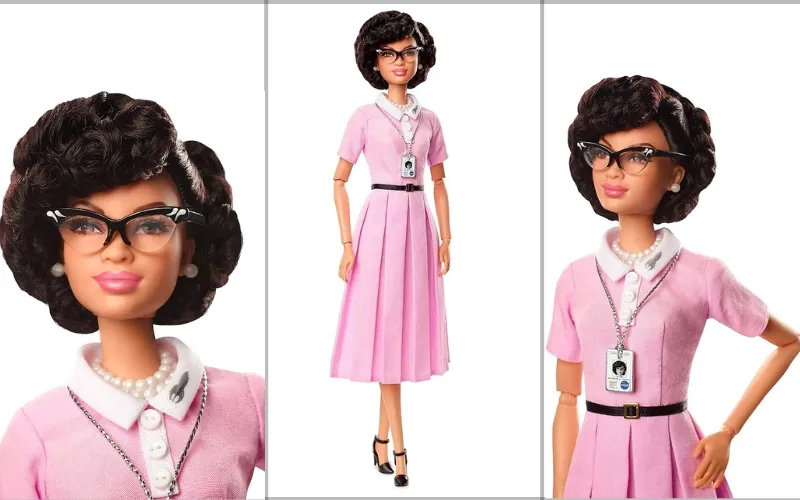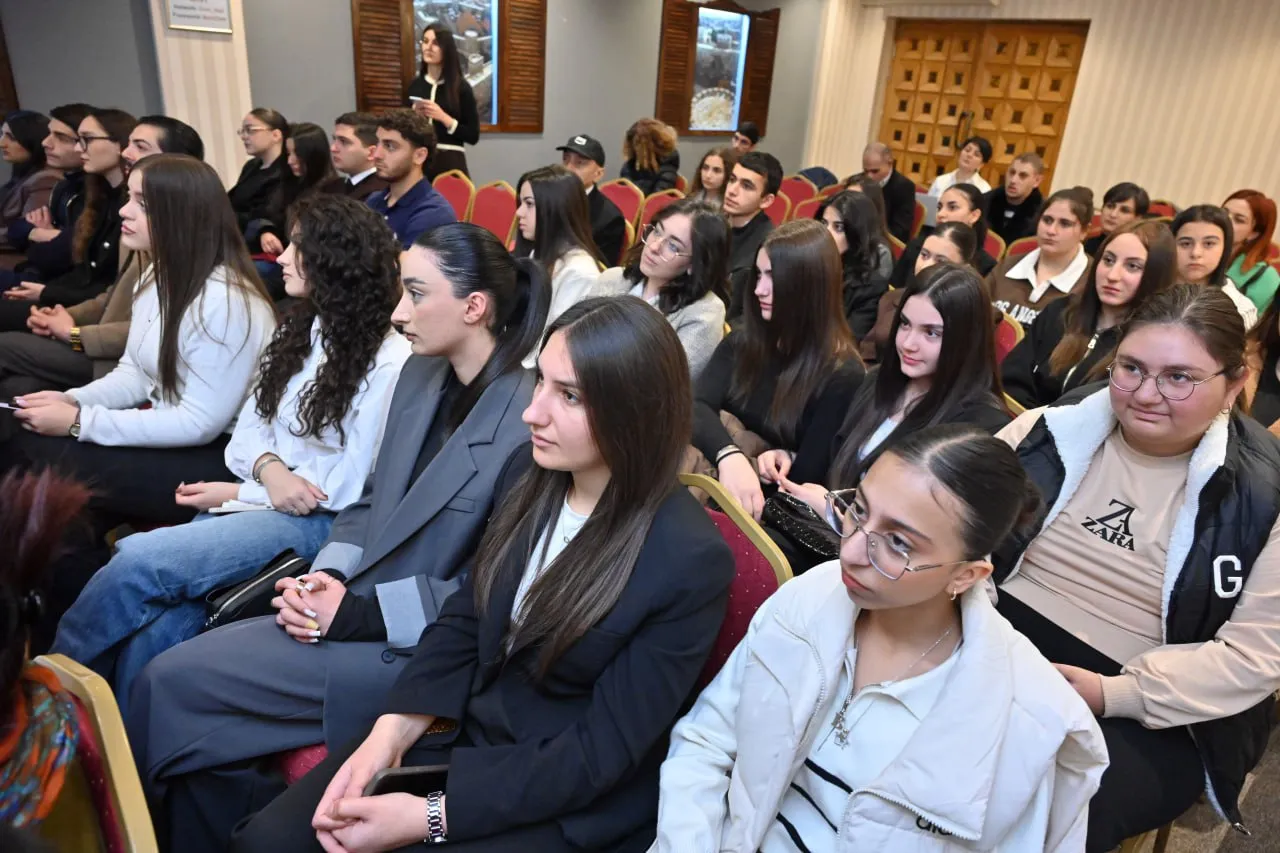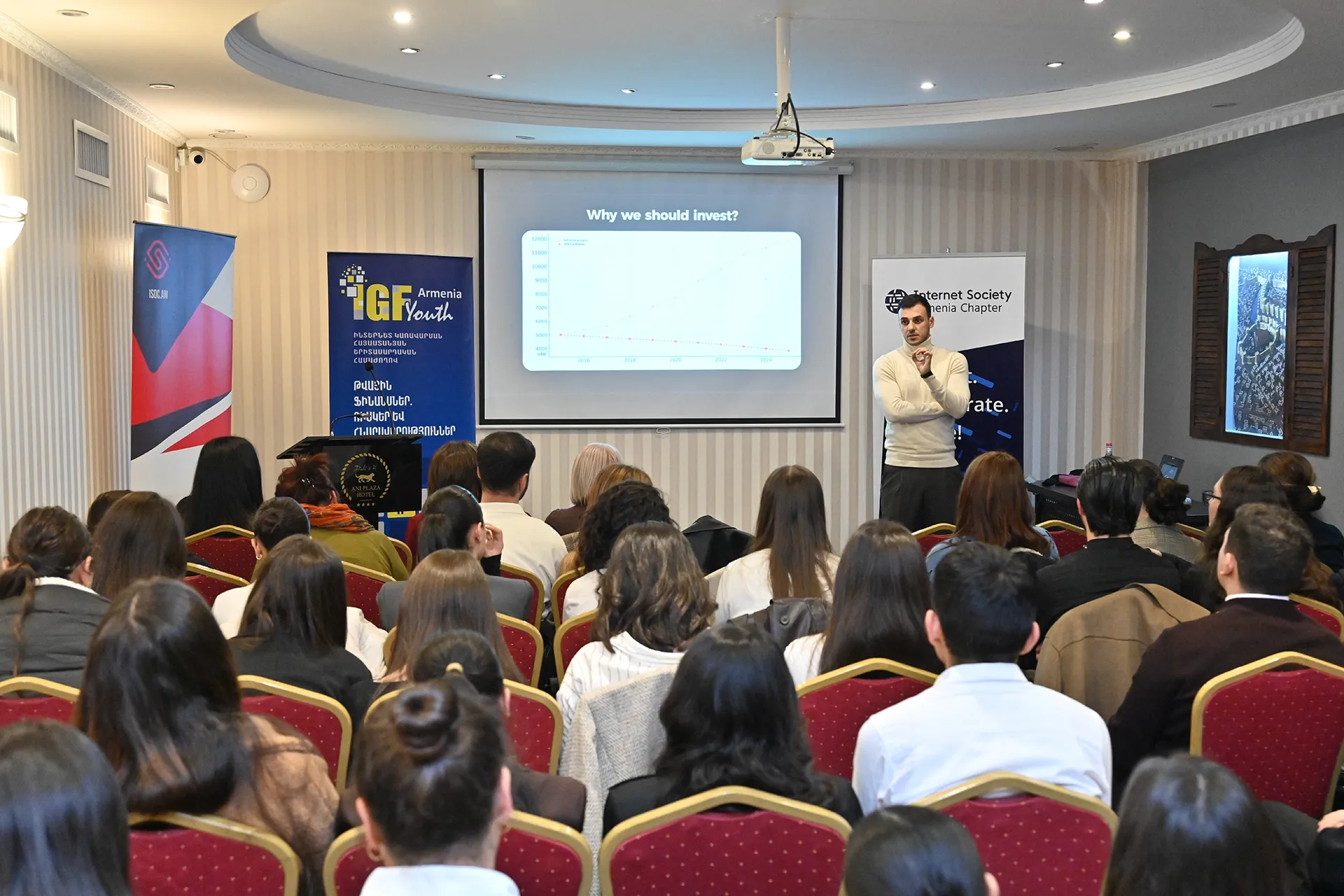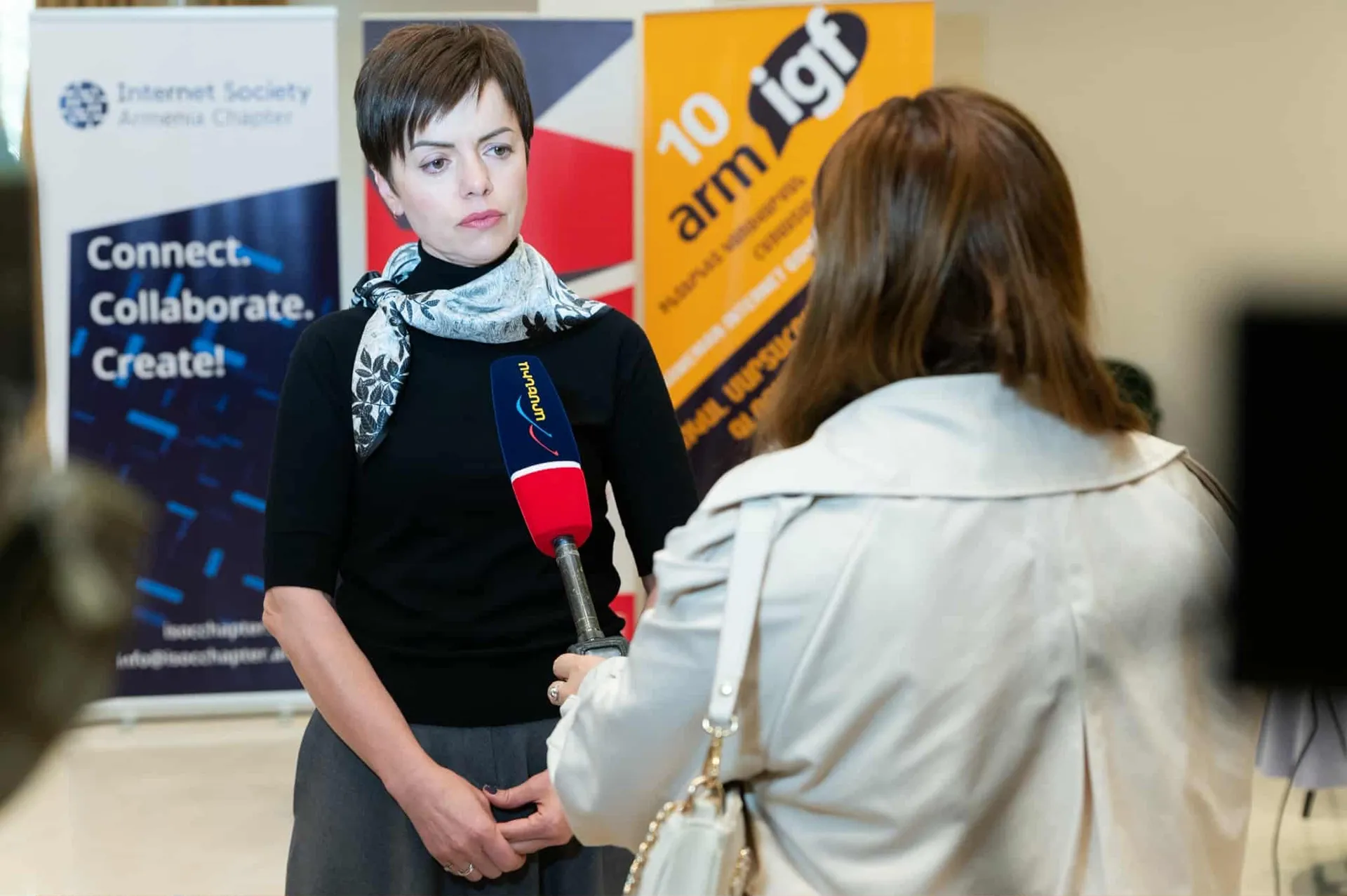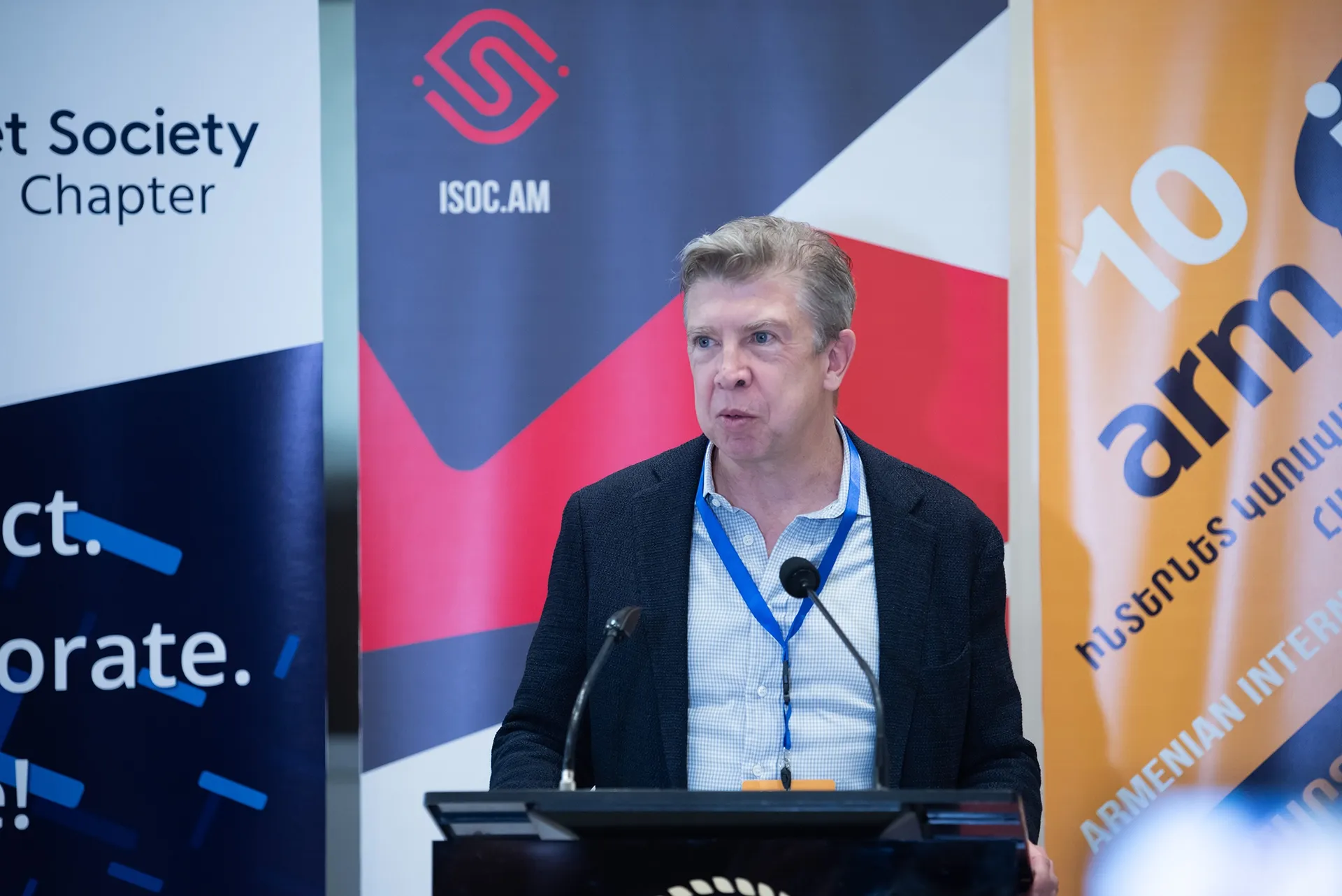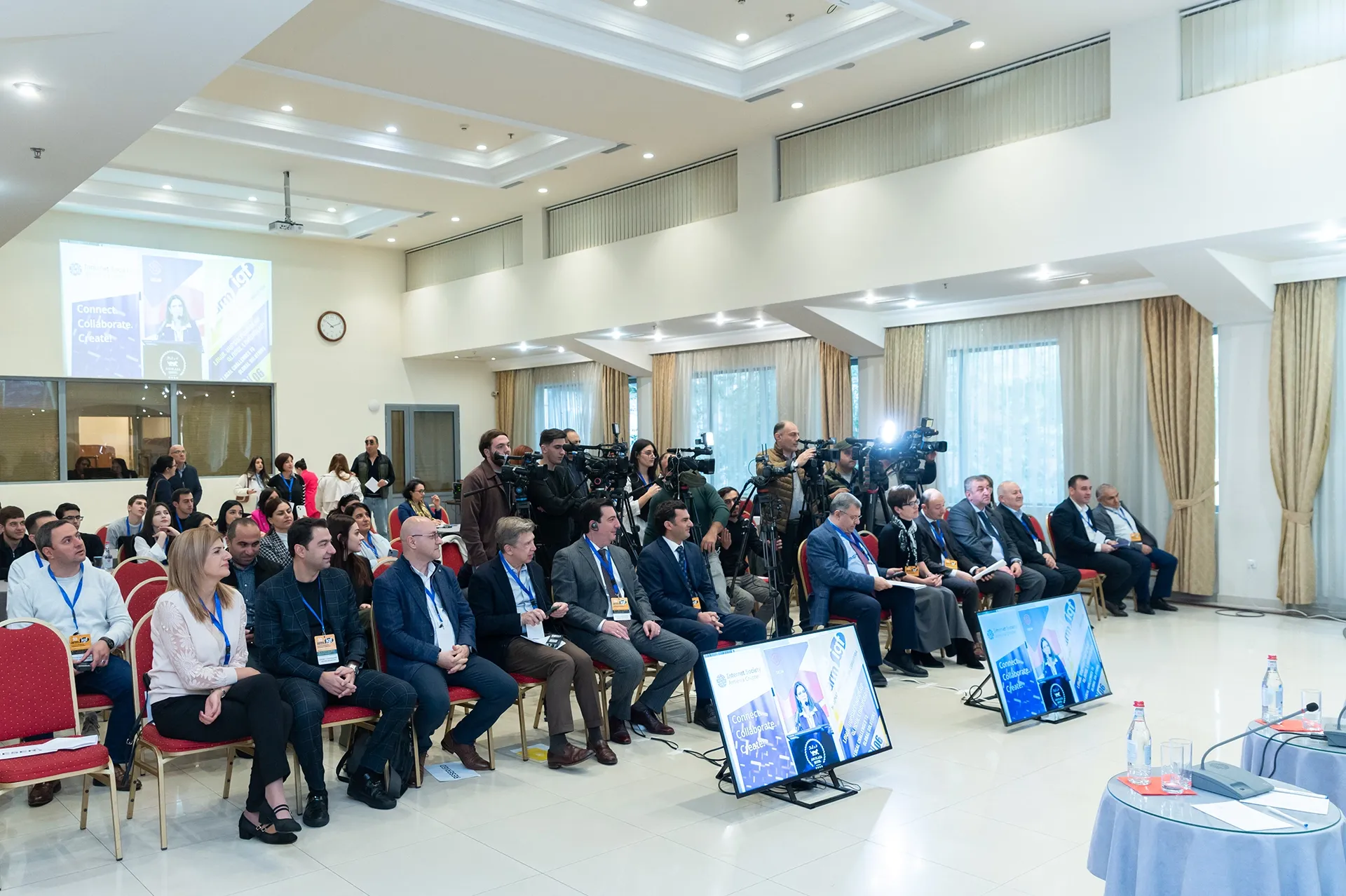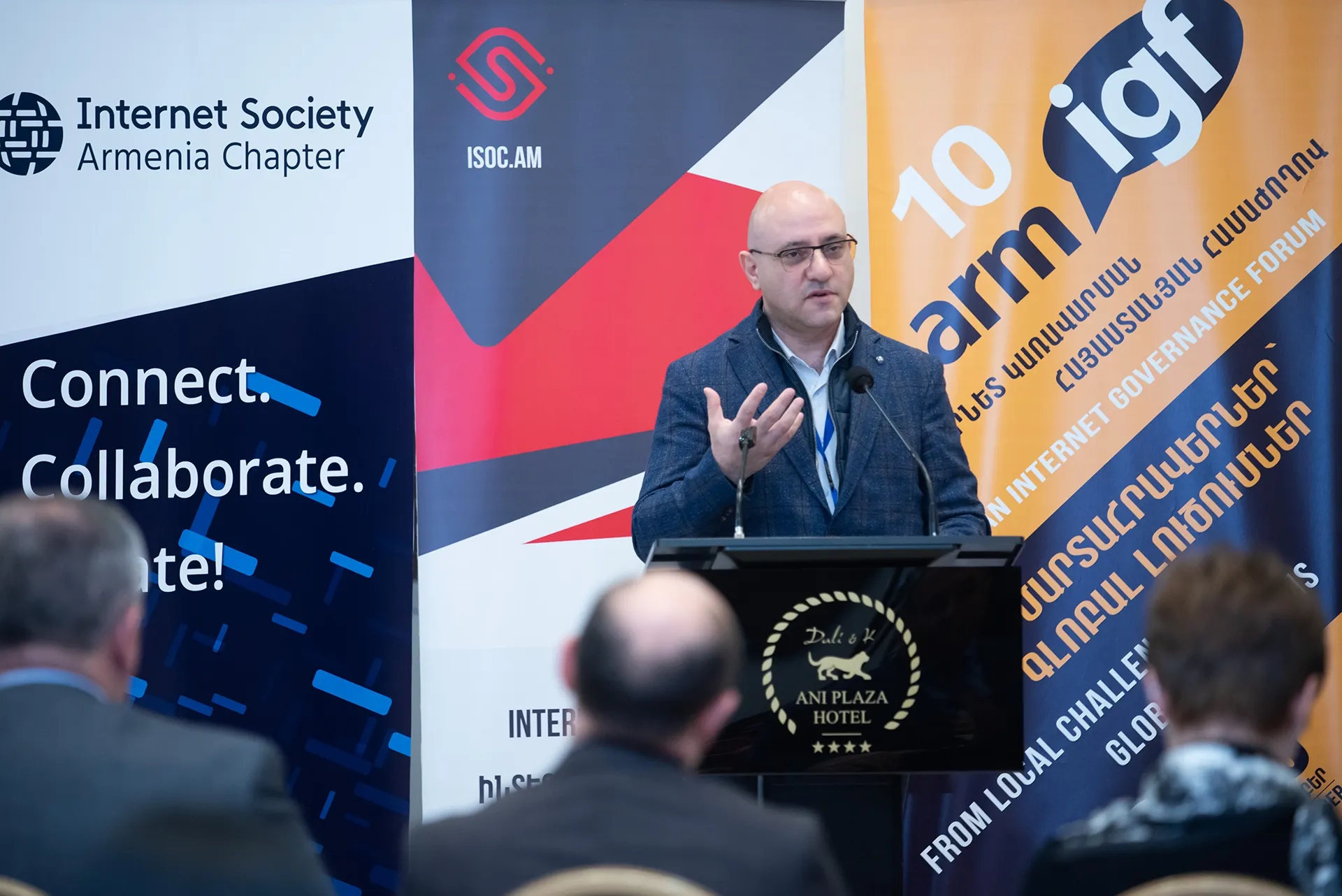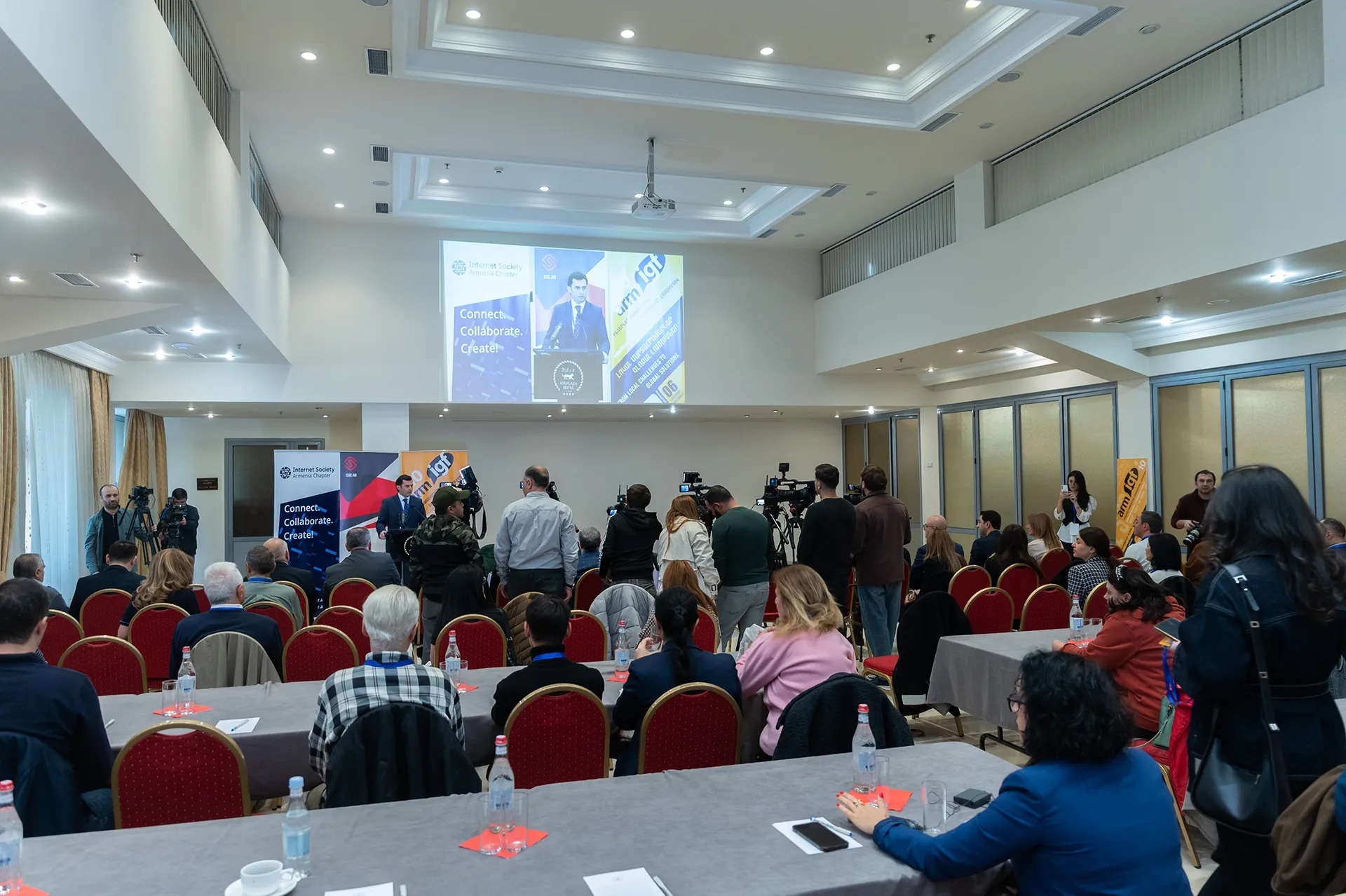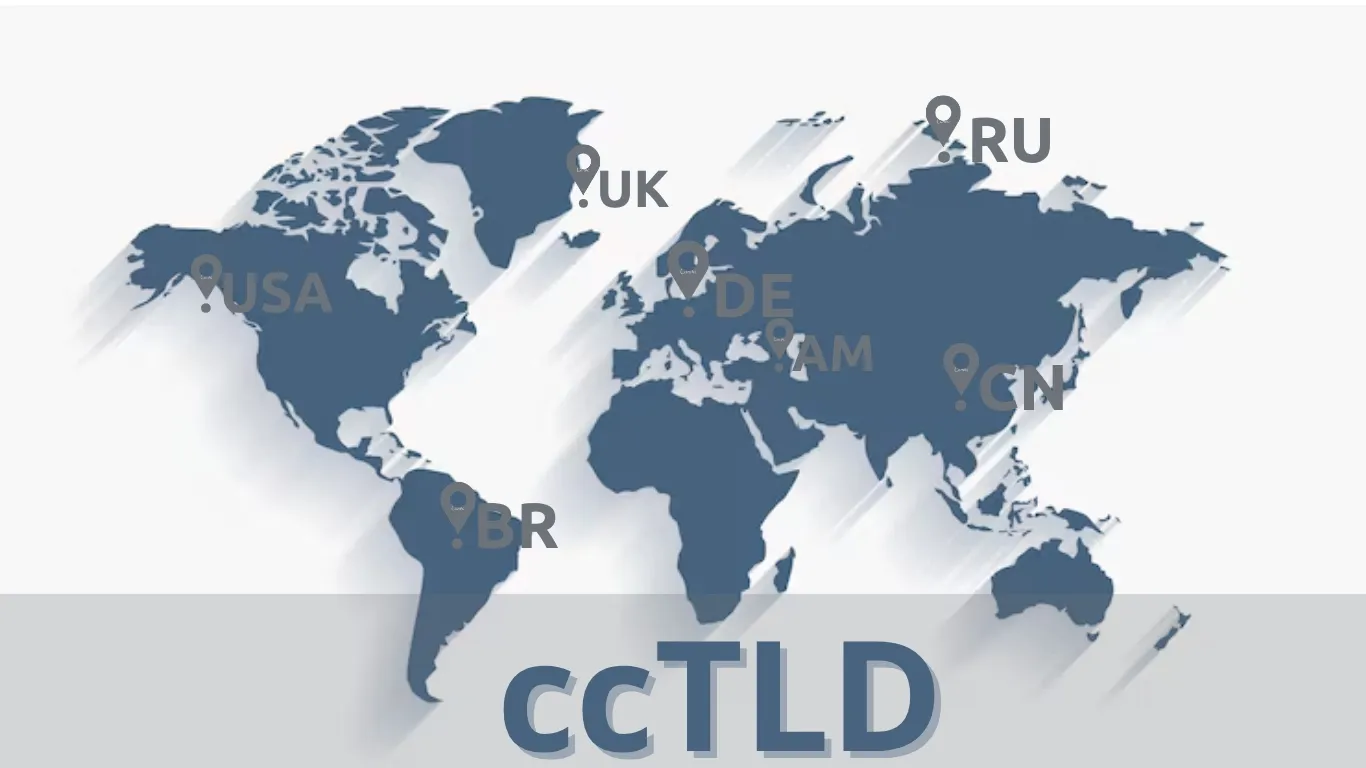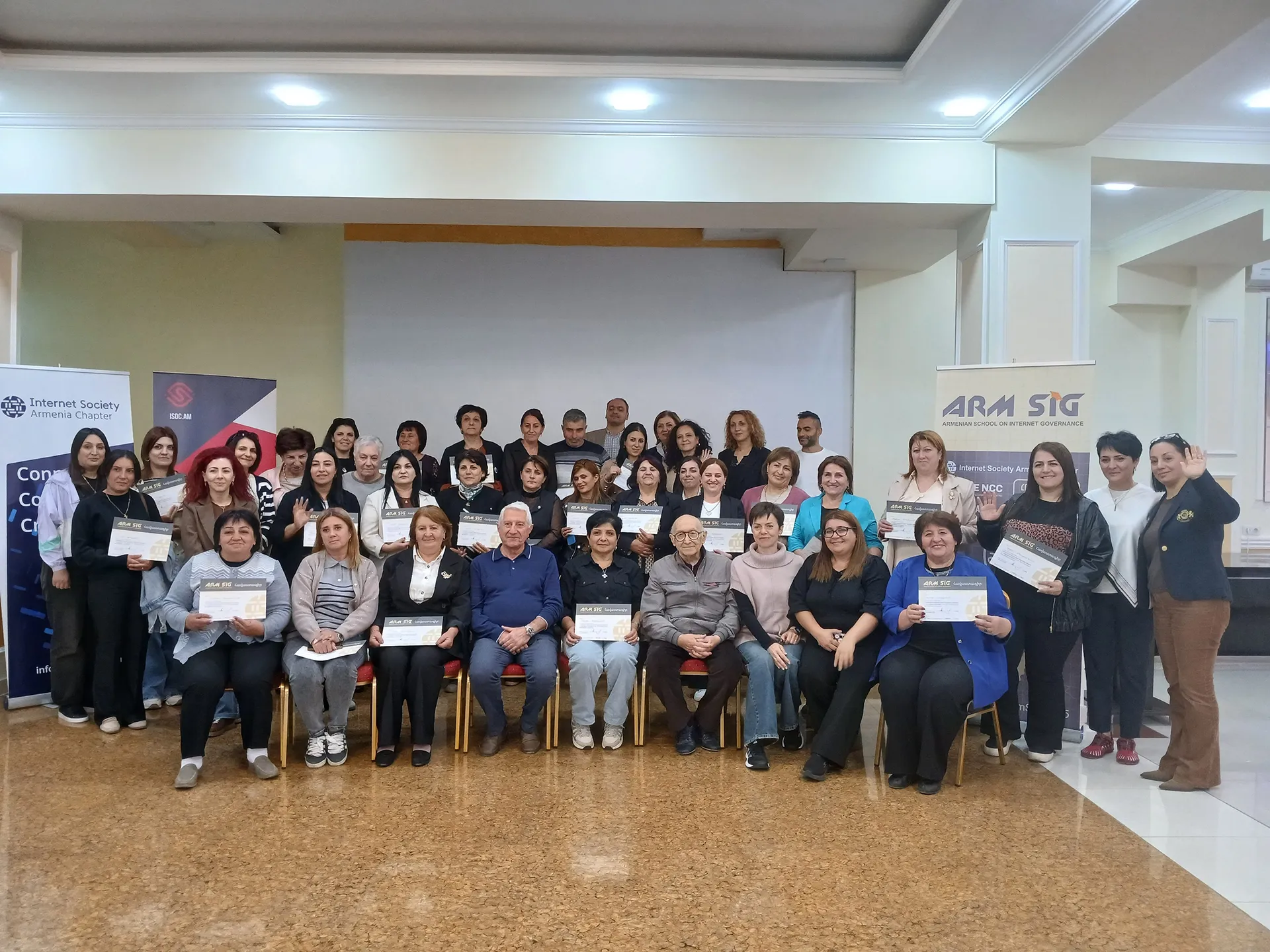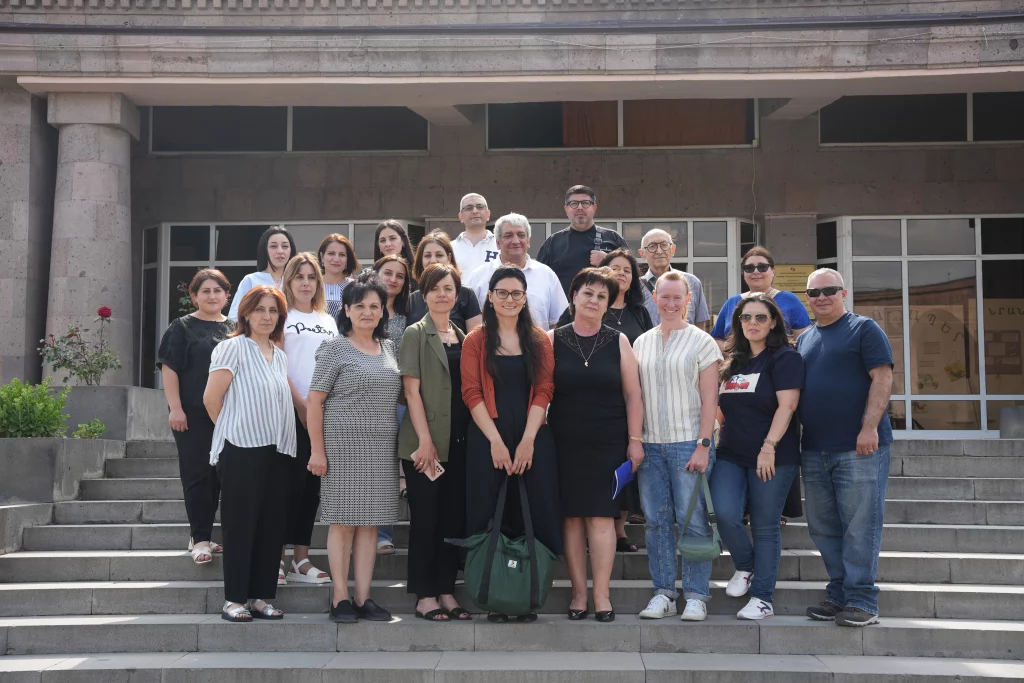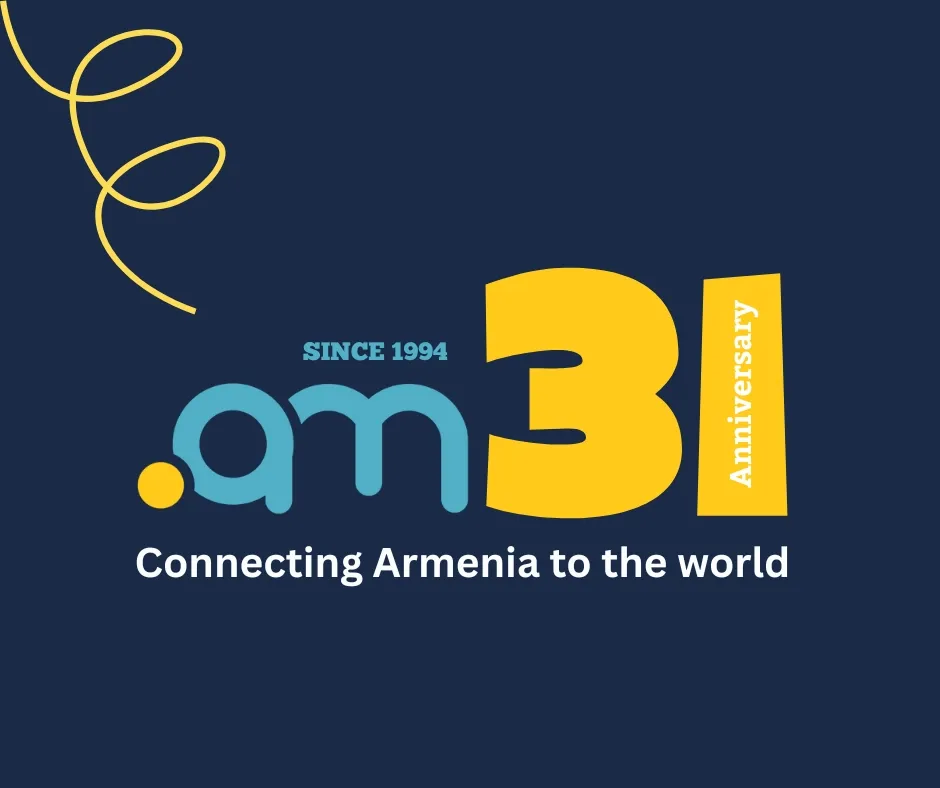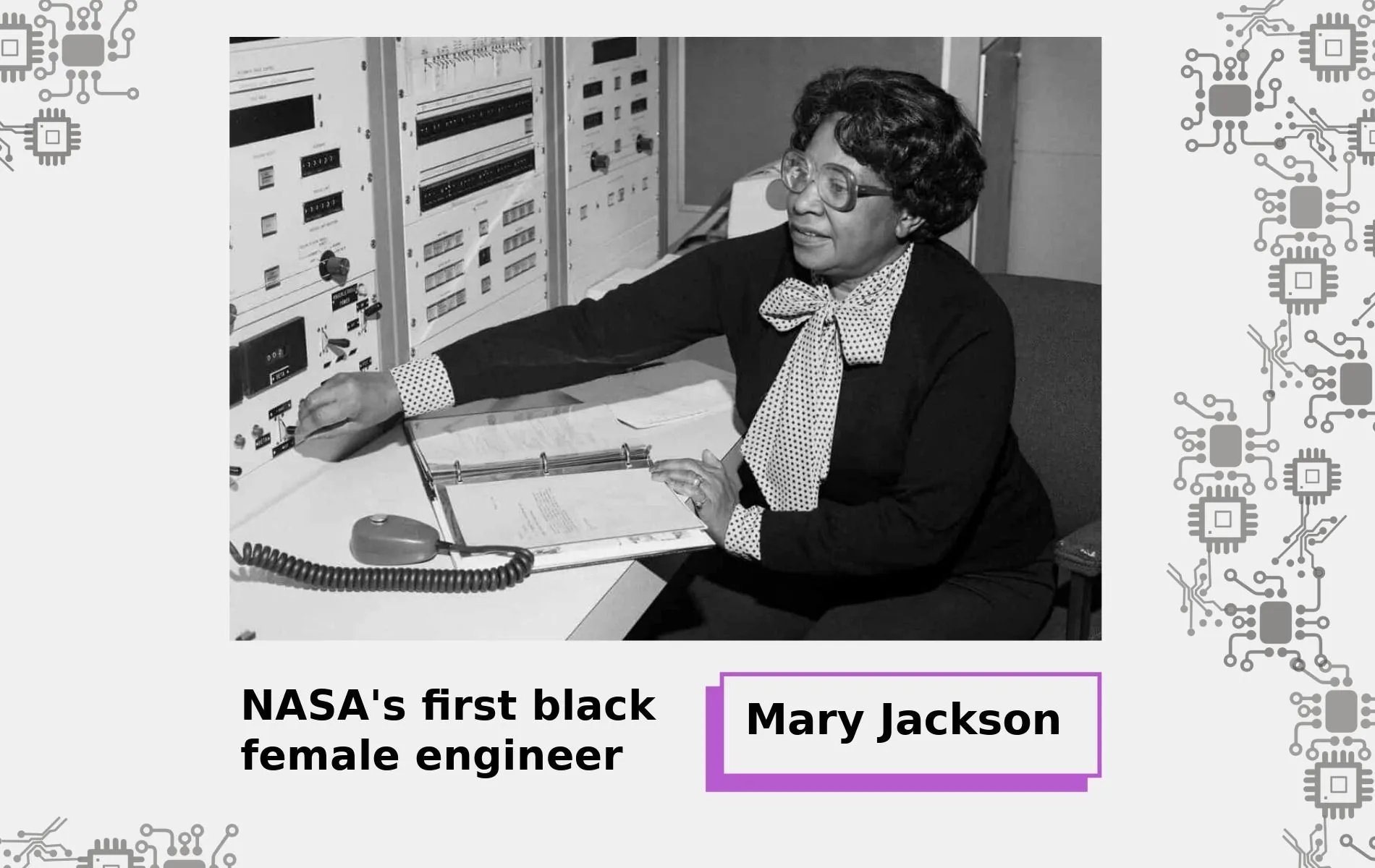Known for performing calculations faster and more accurately than early computers, Katherine Johnson was one of many African-American women at NASA who were referred to as “human computers.” In 1953 at the age of 35 she began working in the West Area Computing Division of this vital U.S. scientific and military institution. By that time she was already the mother of three daughters and had professional experience teaching mathematics and French.
Earlier in her life Johnson had to walk nearly 200 kilometers twice a year with her siblings to attend an African-American college, as educational opportunities were severely limited by segregation. Later, during her career at NASA, she routinely walked at least 2,000 steps a day – just to reach the segregated restroom.
However Katherine Johnson’s extraordinary mathematical abilities – first evident at the age of four – soon dispelled any doubts about her potential. As she advanced in her education, universities developed specialized mathematics courses to meet her unique talents. Later, NASA entrusted her with critical calculations and research for some of its most important missions.
In 1961 and 1962 during the planning of the Mercury-Redstone 3 and Mercury-Atlas 6 missions, the United States relied on Johnson’s hand-written calculations to ensure the safety and success of these pioneering flights. Her work was essential not only in launching astronauts Alan Shepard and John Glenn into space but also in bringing them safely back to Earth. In fact John Glenn famously insisted before his historic orbit: “Get the girl to check the numbers… If she says they’re good, I’m ready to go.”
The same meticulous approach to calculation that Katherine Johnson applied early in her career was later used during the Apollo 11 mission and other projects that successfully sent humans to the Moon. Johnson played an invaluable role in these historic achievements, working alongside fellow African-American trailblazers Mary Jackson and her supervisor – Dorothy Vaughan. Reflecting on their priorities during those tense missions, Johnson said in a 2010 interview, “Everyone was concerned about their arrival. We were concerned about their return.”
The world became widely aware of the contributions of this remarkable trio in 2016 with the release of Margot Lee Shetterly’s book Hidden Figures, which was later adapted into a critically acclaimed film. That same year the BBC named Katherine Johnson one of the 100 most influential women in the world.
Her legacy has since been honored in multiple ways. NASA named two research facilities after her and Lego included her in its Women of NASA series. In 2018 Mattel released a Barbie doll in her likeness and her alma mater, West Virginia State University, established a STEM scholarship and unveiled a life-size statue in her honor. Her first major national recognition came in 2015, when President Barack Obama awarded her the Presidential Medal of Freedom, the highest civilian honor in the United States.
These honors and recognitions were bestowed during her lifetime – Katherine Johnson lived to the age of 101, dedicating 33 of those years to work across various departments at NASA.
You can read more stories in our Women in IT series here.

